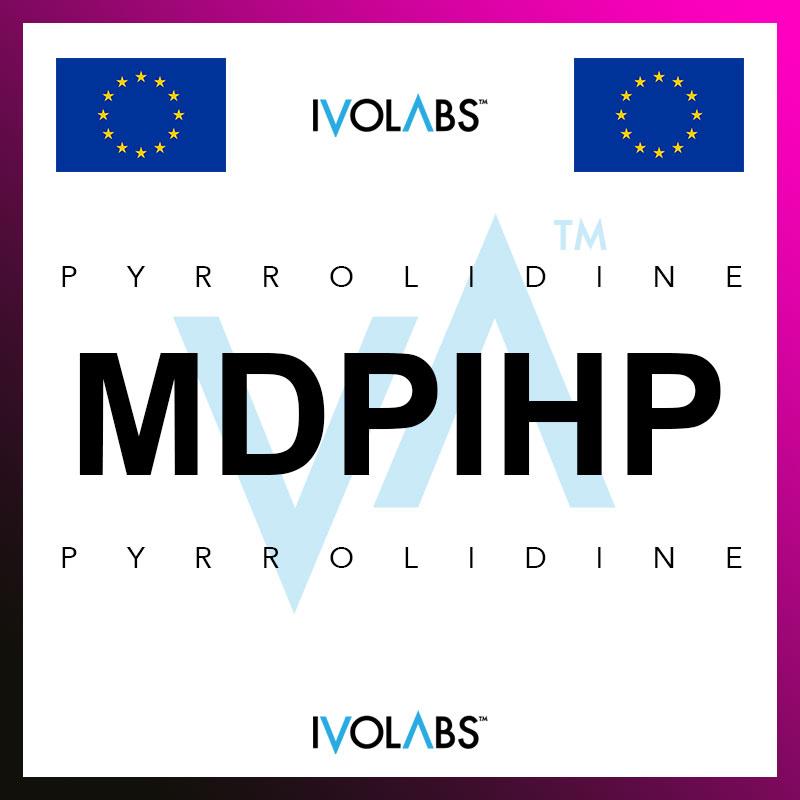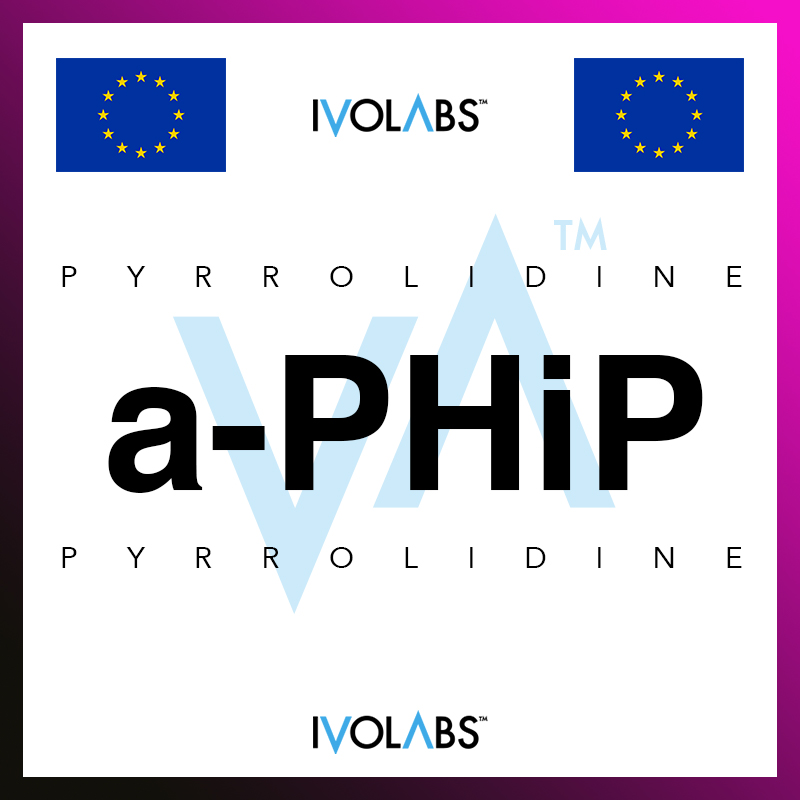Introduction to MDPiHP
MDPiHP, scientifically known as 3,4-Methylenedioxy-α-pyrrolidinohexiophenone, is a novel psychoactive substance classified within the synthetic cathinone family. As a research chemical, MDPiHP is primarily of interest for its potential applications in neuropsychopharmacology and toxicology studies. It shares a structural relationship with other cathinones such as MDPV and α-PHP, which have been subjects of extensive scientific research due to their interaction with monoamine neurotransmitter systems.
Pharmacological Profile
MDPiHP acts as a central nervous system stimulant, with its mechanism of action believed to involve the inhibition of dopamine and norepinephrine reuptake. This action results in elevated levels of these neurotransmitters in the brain, leading to increased arousal, alertness, and euphoria, alongside potential side effects that can include anxiety, tachycardia, and heightened blood pressure.
Dosage and Administration
The optimal dosage of MDPiHP for research purposes has not been officially established due to its status as a research chemical and the variability in individual reactions. Anecdotal reports suggest variable effects at doses ranging from 5 mg to over 30 mg, underlining the importance of controlled administration and monitoring in research settings.
Safety and Side Effects
The safety profile of MDPiHP is not well-defined, and potential risks may include neurotoxicity, cardiovascular stress, and psychological dependency. Researchers are advised to employ rigorous safety protocols, including dose limitation, controlled environment settings, and readiness for emergency intervention.
Harm Reduction Strategies
In research contexts, harm reduction can encompass:
- Detailed documentation of compound handling and administration.
- Monitoring and immediate reporting of adverse effects.
- Ensuring access to medical support services.
- Ethical considerations and compliance with all regulatory guidelines pertaining to research with psychoactive substances.
Conclusion
MDPiHP presents an intriguing subject for scientific investigation, offering insights into the pharmacodynamics of synthetic cathinones and their effects on the human body. However, its use must be approached with caution, emphasizing safety, legality, and ethical research practices.








Reviews
There are no reviews yet.